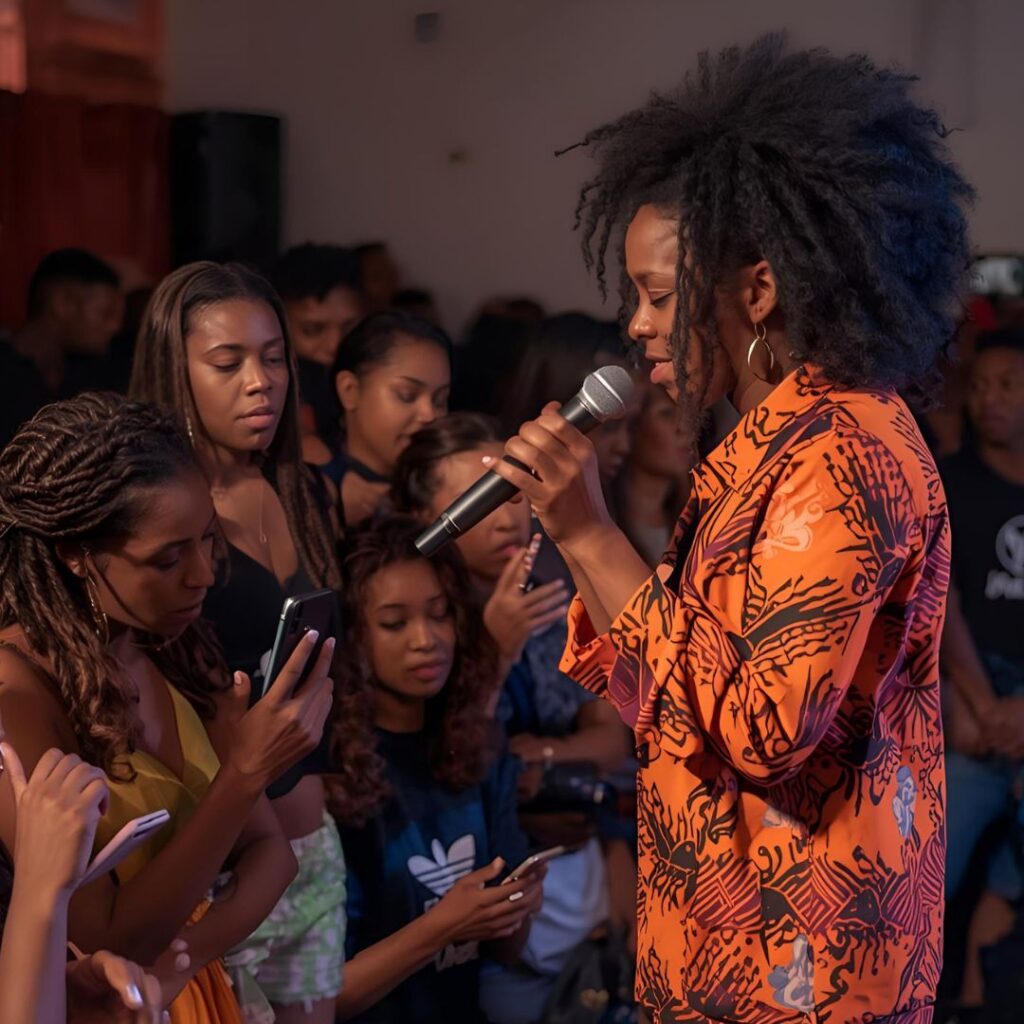In today’s hyper-digital culture, music consumption is faster, more fragmented, and often shallow. Yet, beneath the chaos lies an opportunity for artists to reshape how their music is experienced by building loyal fandoms and embracing direct-to-consumer models.
The Challenge of Shallow Music Consumption
We live in a time when audiences scroll endlessly, skipping from song to song without deep engagement. This shallow consumption makes it difficult for artists to sustain meaningful connections with listeners. But the solution isn’t to chase fleeting attention—it’s to cultivate communities where music becomes part of identity and culture.
Why Fandom Matters More Than Ever
Artists must focus on building loyal fandoms that go beyond casual listening.
- Loyal fans influence their own tastes and habits.
- They create social conformity by pulling passive listeners into the culture of the fandom.
- They amplify music through word of mouth, social media, and lifestyle alignment. In essence, fandom is no longer a byproduct of success—it’s the engine that drives sustainable music careers.
The Digital Gap: Threats and Opportunities
The digital age has created both a threats and opportunities.
Threats such as short attention spans, algorithm-driven consumption, and competition for screen time.
and Opportunities: instant global reach, data-driven fan insights, and direct channels to connect with consumers.
The question is: which path will an artist choose?
Direct-to-Consumer (D2C): The Artist’s Kingdom
As I argued in one of my recent papers, the Direct-to-Consumer (D2C) model gives artists more control over their music economy. Through D2C strategies, artists can:
Engage active consumers (loyal fans) with exclusive content, merchandise, and experiences.
Attract passive consumers by extending the influence of their fandom.
Build a self-sustaining ecosystem—a “creator’s kingdom”—where artists dictate culture rather than chase algorithms.
Music as Social Identity: Lessons from the Past
In past periods, music was never just a collectible or an asset—it was a social identity. For both passive and active consumers, music served as an arousal and expression of the inner self.
The reason for creating music was defined in its composition, progression, vocalization, and other musical elements, while the reason for consuming music was painted in how audiences responded to those expressions. This deep interplay shaped entire cultural movements, from the Renaissance to jazz to hip-hop.
Today, however, in our fast-paced digital world, this depth of interaction is being reshaped—and in many ways diminished—by rapid consumption patterns.
Artists in a Fast-Paced World
over different musical periods, artists have always studied markets, people, and culture. But today’s environment doesn’t just affect audiences—it affects artists themselves.
- They are pressured to constantly produce.
- They risk sacrificing depth for speed.
- They struggle to balance creativity with engagement metrics.
This raises a critical question: how many artists truly have the patience to build long-term influence?
Why Listening Keeps Changing — The Time-Shift in Music Consumption
In my book Psychologies of Art Consumption and through my framework, the 3Ps of Music Market and Consumption, I discuss the idea of my time-shift theory:
Listening habits have never stood still. From vinyl and cassette to CDs, downloads, streaming, and now TikTok snippets—each era reshapes not only what we listen to, but how we listen.
This isn’t random. It reflects what I call the Time-Shift in Music Consumption, explained through my 3Ps framework:
This cycle explains why loyal fandom has become harder to sustain. The culture of speed pushes artists to chase attention, not connection.
But here’s the opportunity: by rethinking the people they target and the processes they adopt, artists can reshape the product—creating music experiences that invite loyalty and cultural depth instead of shallow distraction.
If we change the process through the people, we can ultimately reshape the product.
People → The audience and their cultural behaviors.
Process → The way music is created, shared, and marketed.
Product → The final music experience consumed.
By rethinking how we connect with people, we can redefine the music they consume.
Final Thoughts: The Creator’s Responsibility
At the core, creators create for people, using processes that shape the product. If artists embrace social-psychological insights, cultivate loyal fandoms, and adopt direct-to-consumer models, they can shift music consumption from shallow distraction to meaningful cultural experience.
The question remains: How many artists have the patience and vision to build it?

